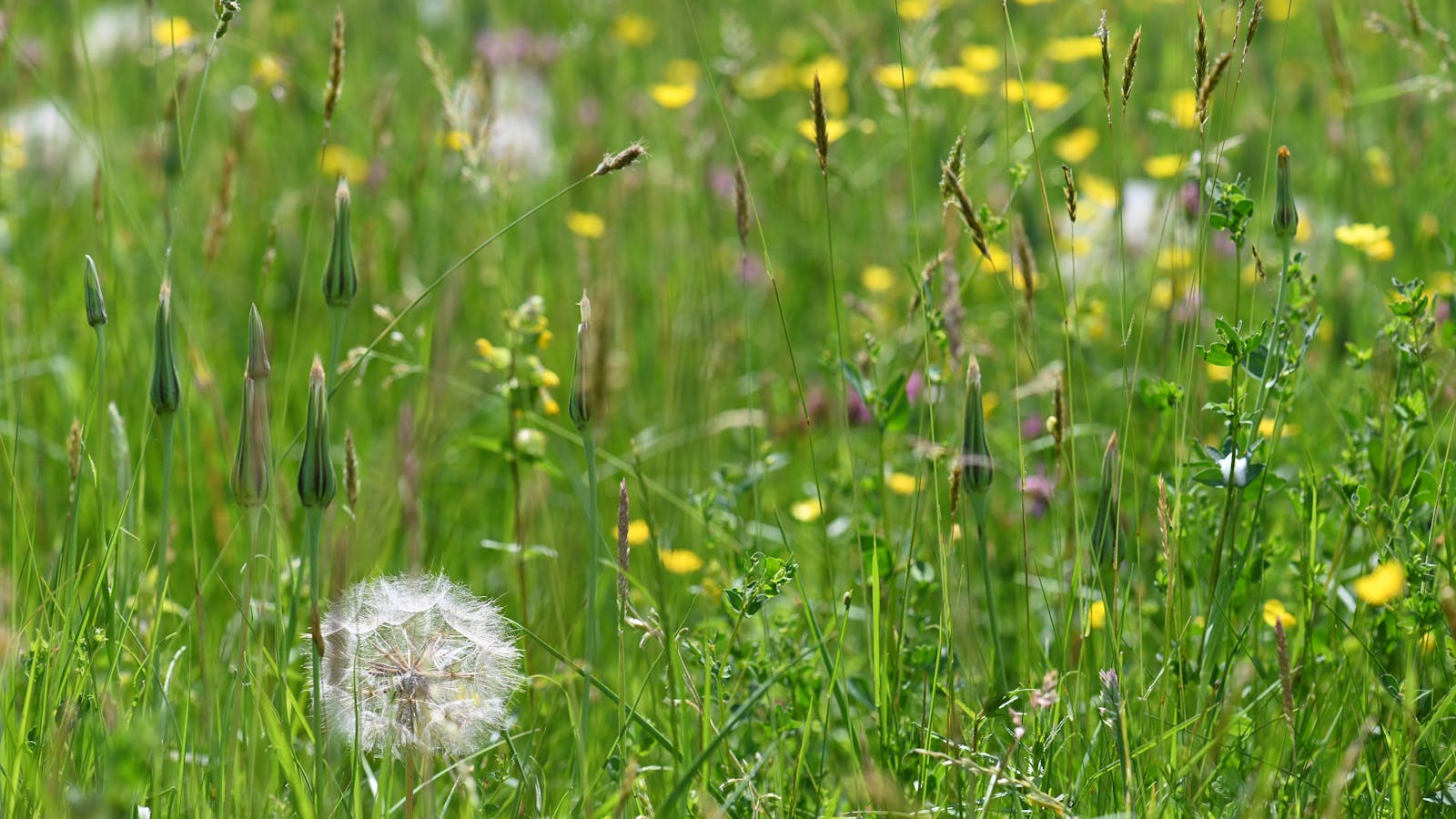
Haffenden FarmBNG offset site
Local Planning Authority: Ashford
National Character Area: Low Weald / High Weald
what3words: ///position.caves.rags
OS grid ref: TQ 86952 36522
Postcode: TN30 6TG
Habitat units available - Surveyed 2023/2025
A total of 324.636 habitat units, 20.599 hedgerow units and 8.120 watercourse units are available from the following habitat types:
Grassland
Lowland meadow (Very high distinctiveness) - 293.961 units
Traditional orchard (High distinctiveness) - 3.646 units
Woodland
Lowland mixed deciduous woodland (High distinctiveness) - 7.433 units
Wet woodland (High distinctiveness) - 11.926 units
Heathland and shrub
Mixed scrub (Medium distinctiveness) - 3.092 units
Ponds & Lakes
Pond (non-priority) (Medium distinctiveness) - 0.655 units
Pond (priority) (High distinctiveness) - 3.610 units
Individual Trees
Individual trees (Rural) - 0.313 units
Hedgerow
Species-rich native hedgerow - 8.599 units
Species-rich native hedgerow with trees - 11.522 units
Line of trees - 0.194 units
Native hedgerow with trees - 0.283 units
Watercourses
Ditch (Medium distinctiveness) - 8.120 units
Site description
This 67.94-hectare site is located approximately 15 miles southwest of Ashford and lies between the villages of Biddenden and St Michaels.
It is surrounded by woodland and arable fields, and the wider area is largely made up of small villages, woodland, and arable fields.
The land at Haffenden Farm is not subject to any statutory nature conservation designations, and none are located within a 1km radius. However, the Local Wildlife Site 'Sandpit Wood, Clapper Hill' lies immediately adjacent to the site along the eastern and southern boundary, and two more are found within a 1 km radius. Nine Ancient Semi-Natural Woodlands and one Plantation on Ancient Woodland Site lie immediately adjacent to or within 1km of the site.
The site currently comprises a variety of habitats, including lowland meadow, other neutral grassland, modified grassland, mixed scrub, lowland mixed deciduous woodland and wet woodland. With hedgerows and ditches throughout.
Notably, the site contains lowland meadow, representing approximately 0.5% of this habitat in the country, though much is in poor condition. Lowland meadows typically contain a rich mixture of native grass and flowering plant species, making them a haven for many pollinator species. All the existing lowland meadow on the site will be enhanced to good condition, while parcels of other neutral grassland will also be converted into this very high distinctiveness habitat.
Traditional orchard will also be created from other neutral grassland, this is a priority habitat that supports a huge range of fauna and flora.
Meanwhile, areas of mixed scrub, woodland and hedgerows are to be raised to a better condition through nature-friendly management such as pruning, grazing, planting, and coppicing as appropriate. In addition, all native hedgerows will be enhanced to species-rich native hedgerow by in-filling with a more diverse mix of hedgerow species.
Fill out a form at the bottom of this page or email your development's BNG metric to bngenquiries@adonisblue.org.uk for a free BNG consultation.
These units are valid for a maximum of two years, provided site conditions do not significantly change. If more than two years have lapsed between the site survey and habitat works being undertaken, an updated survey will be necessary to ensure recommendations remain valid.

Habitat Transitions
Current habitats

Proposed habitats

Site Photos











